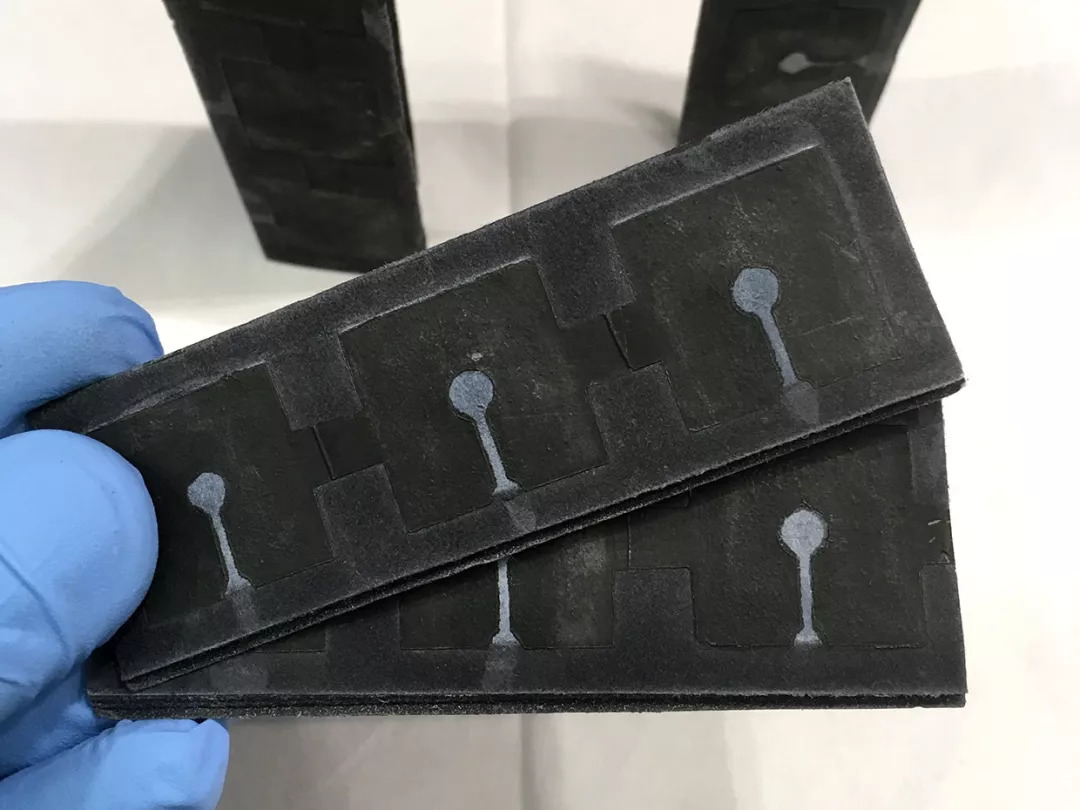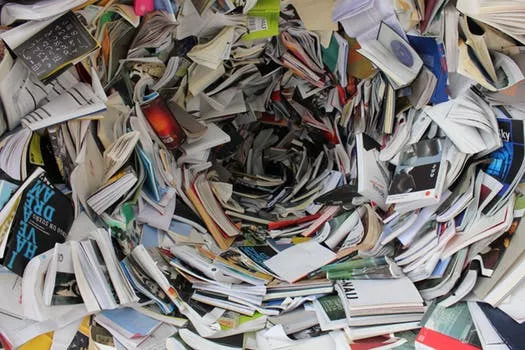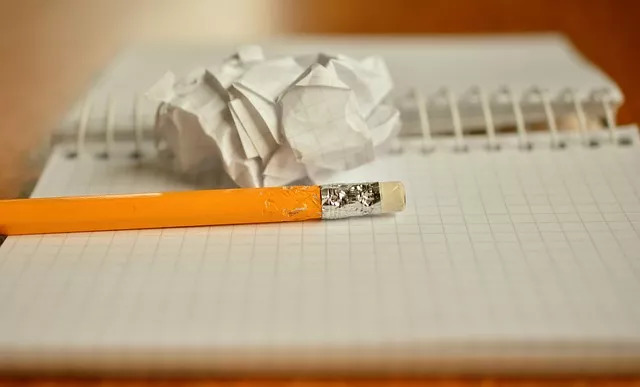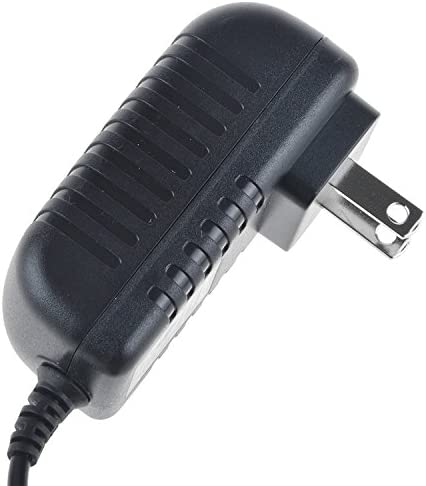Now that scientists have incorporated bacteria into paper-based batteries, they can create cheap and long-lasting energy for billions of sensors and devices! So, what kind of magical technology is this? Let's look down together!

Photo: Photo: Seokheun Choi
Recently, the printing paper has suddenly become popular. At least, it's popular in the electronics and battery industries.
From absorbable medical equipment to sensors required for intelligent transportation, all equipment needs energy, which has led to the explosive growth of microelectronics and batteries, which has also promoted innovation in equipment design and brought people’s impact on the environment. Worry about impact.
It is estimated that in the next five years, more than 50 billion electronic devices may be produced. Many devices have a short life cycle, and the abandonment of these devices will inevitably lead to problems.
About Paper Electronics
Paper electronics can provide electronic engineers with the advantages of flexibility, durability, environmental protection, and low cost, and it has good mechanical, dielectric, and fluid properties.
Seokheun Choi, an associate professor in the School of Electronics and Computer Engineering at the State University of New York at Binghamton, and his colleagues have created a paper-based disposable battery that relies on bacteria to generate electricity and is eaten by bacteria at the end of the battery's life.
The author wrote in a paper published in Advanced Sustanable Systems magazine that lithium-ion batteries and supercapacitors can provide extremely high energy density, are light in weight, and can be integrated into a soft matrix.
But the author also pointed out that lithium-ion batteries are made of non-biodegradable materials and usually contain toxic substances. The manufacturing process of these substances requires a lot of energy and may cause damage to the environment.
Other energy acquisition technologies, such as solar cells, nano-generators, and thermoelectric generators, all contain a large amount of non-renewable and non-degradable heavy metals and polymers.
Choi believes that through a certain complex process, common printing paper can provide a more durable solution.
Using innovative engineering technology to control paper fiber, control its smoothness and transparency, can bring a series of applications. Combining paper with organics, inorganics, and organisms can create a wider range of possibilities in engineering, making paper a reliable foundation for next-generation electronic devices.
Choi's research is part of a US$300,000 grant from the National Science Foundation. The main research direction is to inject bacteria into paper to generate electricity while degrading the battery.

The first research report was published in 2015. The team created a paper-based battery. The latest research results, published at the 256th National Meeting of the American Chemical Society on August 19, describe the activation method of bio-battery and the method to extend its storage time.
His report also explained how to deliver electricity on demand to places where there is no electricity supply to light up a diode bulb and an electronic calculator.
experiment procedure
In the laboratory, bacteria-based batteries use respiration to convert biochemical energy stored in organic matter into bioenergy. The process involves a series of reactions, through a biomolecular system capable of transporting electrons, transporting electrons to the terminal electron receiver as the anode.
To make the battery, the research team put freeze-dried "exoelectrogen" (exoelectrogen) on paper. They explained that electrogenic bacteria are a type of bacteria that can carry electrons outside of their cells. The electrons pass through the cell wall and come into contact with external electrodes to drive the battery.
To activate the battery, the research team added water or saliva to activate the bacteria. In the laboratory, this microbial battery can generate a maximum energy of 4µW/cm2 and a current density of 26µA/cm2. Choi believes that this result is "significantly higher" than the previous paper-based microbial battery. But even so, the energy efficiency is still "very low", at least for now, limiting its scope of application. Choi said that in order to be commercially available, energy and current density must be increased by at least about 1,000 times.
Choi said, "The beauty of using paper as a device substrate is that you can create series or parallel connections by simply stacking or folding them." Maybe origami technology can come in handy.

The current storage time of paper-based batteries is about four months. Choi said that his latest paper-polymer hybrid bio-battery can degrade in water.
Choi and his colleagues are not the only team working on paper-based batteries. In 2017, a research team from Spain, Canada and the United States described a redox battery that does not use metal that can be used for portable disposable applications.
Their cellulose batteries, after running for 100 minutes, are decomposed by microorganisms in the soil. The process is similar to the principle of composting. Choi said that the possible disadvantage of this approach is that the degree of degradation of the battery depends on the conditions of the soil.
Choi is currently working to improve the conditions to increase the survival time and performance of the dried bacteria, thereby bringing longer storage time. He also applied for a patent for the battery and is looking for industrial partners for commercialization.
Comment: Judging from the abstract of the original paper, the main contribution of this paper is to create a new type of degradable paper-polymer as the matrix of paper-based batteries, thereby improving the performance of paper-based batteries and The battery's price/performance ratio.
The Internet of Things is indeed a possible application direction, but at least for now, the results of this paper are not as sensational as the news claims.
However, this research direction is indeed a promising direction. If, as the author of the paper, it is possible to achieve a 1,000-fold increase in performance and reduce manufacturing costs to an acceptable range, then the prospects as an energy source for the Internet of Things are not promising. Estimate.
You know, 200 years ago, when Volta (Alessandro Volta, Italian physicist) invented the battery, no one thought that today's battery could even drive a car. Today we cannot imagine how far paper-based batteries will develop in a few decades. In any case, I think that biodegradability is the biggest advantage of paper-based batteries. After all, it is time to consider the relationship between technology, the environment and humans.

AC Input : 100V to 240V, DC Output: 12 volt at 2 amp rating . Please refer to the ASIN :B0746GCGQ8 if u need 10 units.
Type : Regulated Switching Power Supply with 2.1mm x 5.5mm plug , center positiveManufactured with high quality material and built-in protection of over current, over voltage, short circuits .
COMPACT DESIGN and LOW CONSUMPTION makes it ideal for taking around and using at home.
12v wall charger,12v switching adapter,(12V/2A) Switching Mode Power Adapter Wall Charger,12V 2A Power Supply Adapter,12 Volt 2 Amp Power Adapter,12V 3A Power Supply Adapter,12v3a wall charger
Shenzhen Waweis Technology Co., Ltd. , https://www.huaweishiadapter.com